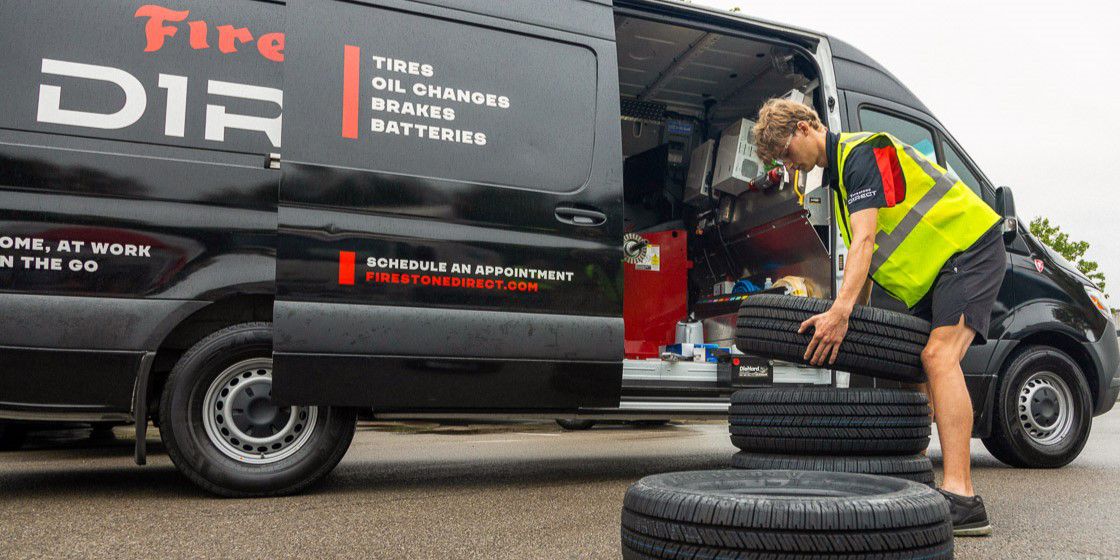Common Tire Tread Wear Patterns
Even and gradual is the tread wear pattern you want, but there are a few other common patterns to be on the lookout for:
Edge wear
Edge wear is when the shoulders of the tire closest to the rims wear down at the same rate while the tread in the center stays the same. This means the tire shoulders are making firm contact with the road and withstanding more friction than the center of the tire. This could indicate the tires are under-inflated and the tire pressure needs to be adjusted.
Center wear
Excessive wear in the center of your tires means the center is making more contact with the road than the edges causing the tread to wear out faster. This indicates that the tires are over-inflated. Besides the tread wear, other symptoms of over-inflation can include a loss of traction or a bumpier ride.
Check your tire pressure and make sure the psi is within the recommended range for your tires and vehicle. Look for the ideal PSI in your owner’s manual or ask an expert from Firestone Direct.
Inner or outer shoulder wear
If you notice one shoulder is wearing down more quickly than the rest of the tire, it’s most likely an alignment issue. It could indicate the toe (the inward or outward angle of the tires when viewed from above) or the camber (the inward or outward angle of your tires when viewed from the front) hasn’t been set properly.
Cupping or scalloping wear
Cupping or scalloping wear looks like random pockets of wear across the whole tire. The worn sections are usually 3-4 inches in diameter. This can indicate there is an issue with the suspension. The suspension should prevent the tires from bouncing up and down, but if the shocks, struts, or bushings are worn out, they won’t be able to do their job. If the tread is worn in a cupping pattern, it means the tires can’t roll smoothly. A Firestone Direct mobile specialist can identify a cupping tread wear pattern and recommend suspension inspection and service to prevent further uneven wear.
Patchy, diagonal wear
Patchy tread wear without other obvious patterns is the result of going too long between tire rotations. A routine tire rotation and tire balancing service is recommended every 5,000 miles. Switching the position of the tires regularly helps ensure tread wears evening across all four tires.


